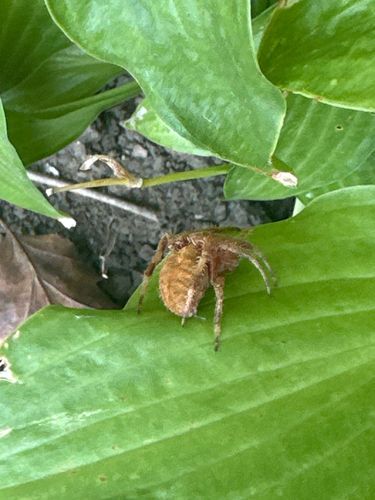Orb Weaver Spider
Scientific Name: Araneidae (various genera)
Order & Family: Order: Araneae, Family: Araneidae
Size: Typically 4 mm to 30 mm (0.16 to 1.2 inches) for females; males are often smaller.

Natural Habitat
Gardens, forests, fields, and around human structures. They build their webs in open areas between vegetation or structures.
Diet & Feeding
Insects caught in their webs, such as flies, moths, mosquitoes, and beetles.
Behavior Patterns
Orb weavers are known for constructing intricate, circular (orb-shaped) webs daily, usually at dusk and often consuming the old web at dawn. They typically wait in the center or at the edge of the web for prey to become entangled. They are generally solitary.
Risks & Benefits
Risks: Generally harmless to humans. While they possess venom, it is not considered medically significant to humans, and bites are rare and usually only occur if the spider is provoked or accidentally squeezed. Benefits: They are beneficial predators, helping to control populations of various insect pests in gardens and natural environments.
Identified on: 9/15/2025